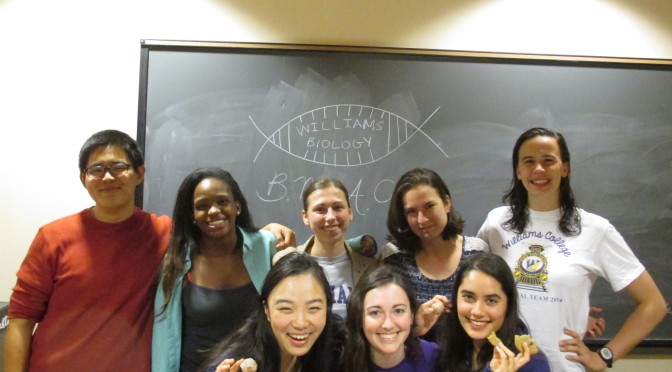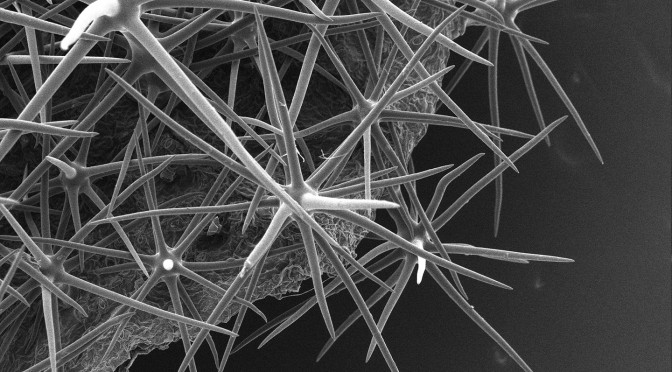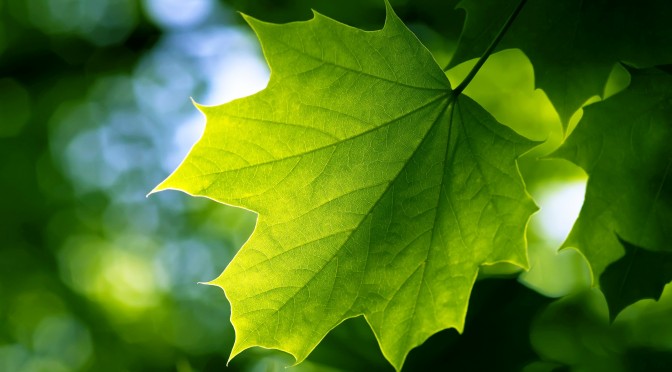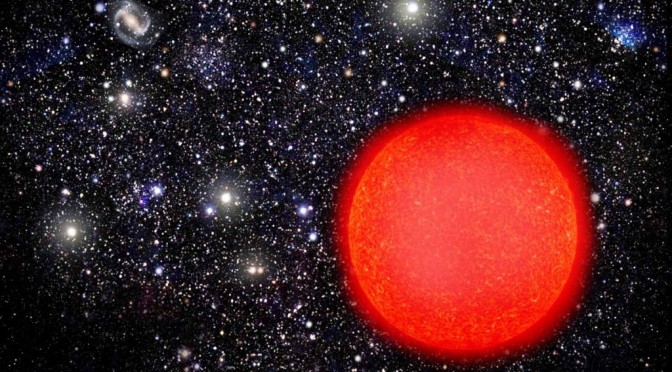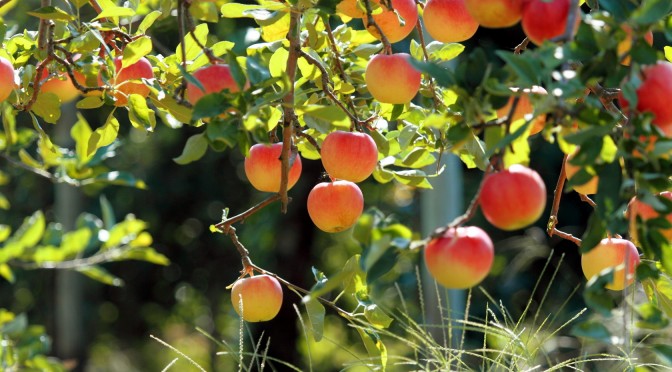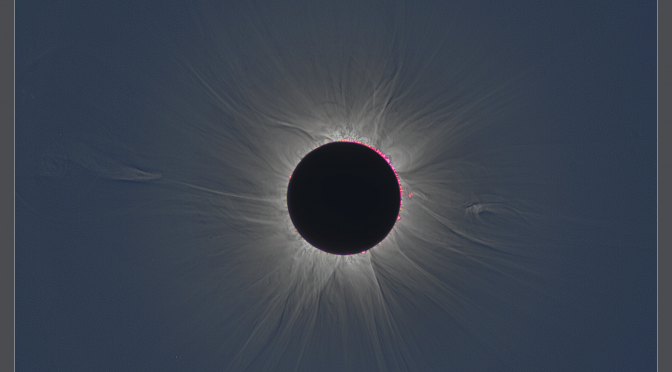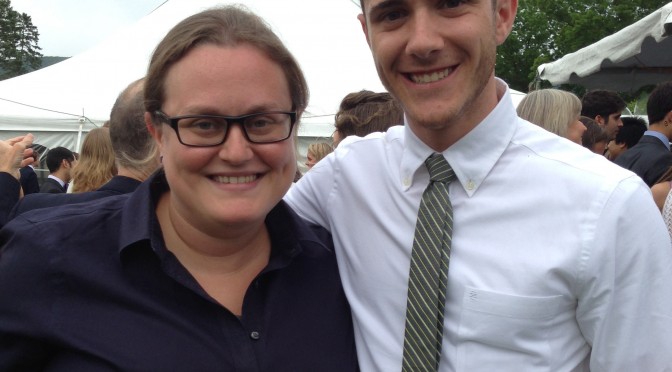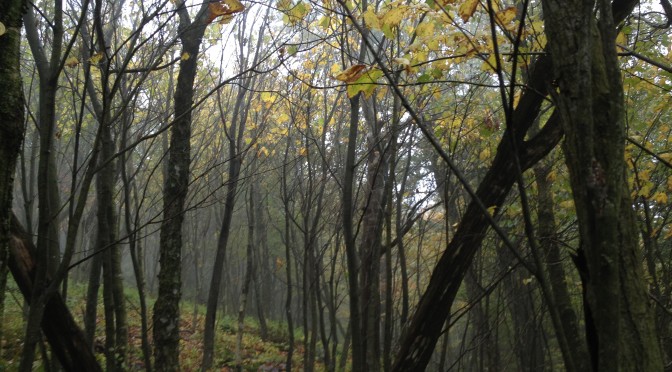By Elizabeth Jacobsen ’16
It’s an exciting time to be a biology major.
This year the Biology Majors Advising Committee (BMAC) is redefining what it means to be a Biology major or prospective Biology major at Williams. BMAC hopes to build a unique sense of community among those interested in biology through an academic year of biology-related social events.
Continue reading Student Committee Builds Community Spirit Among Biology Majors
